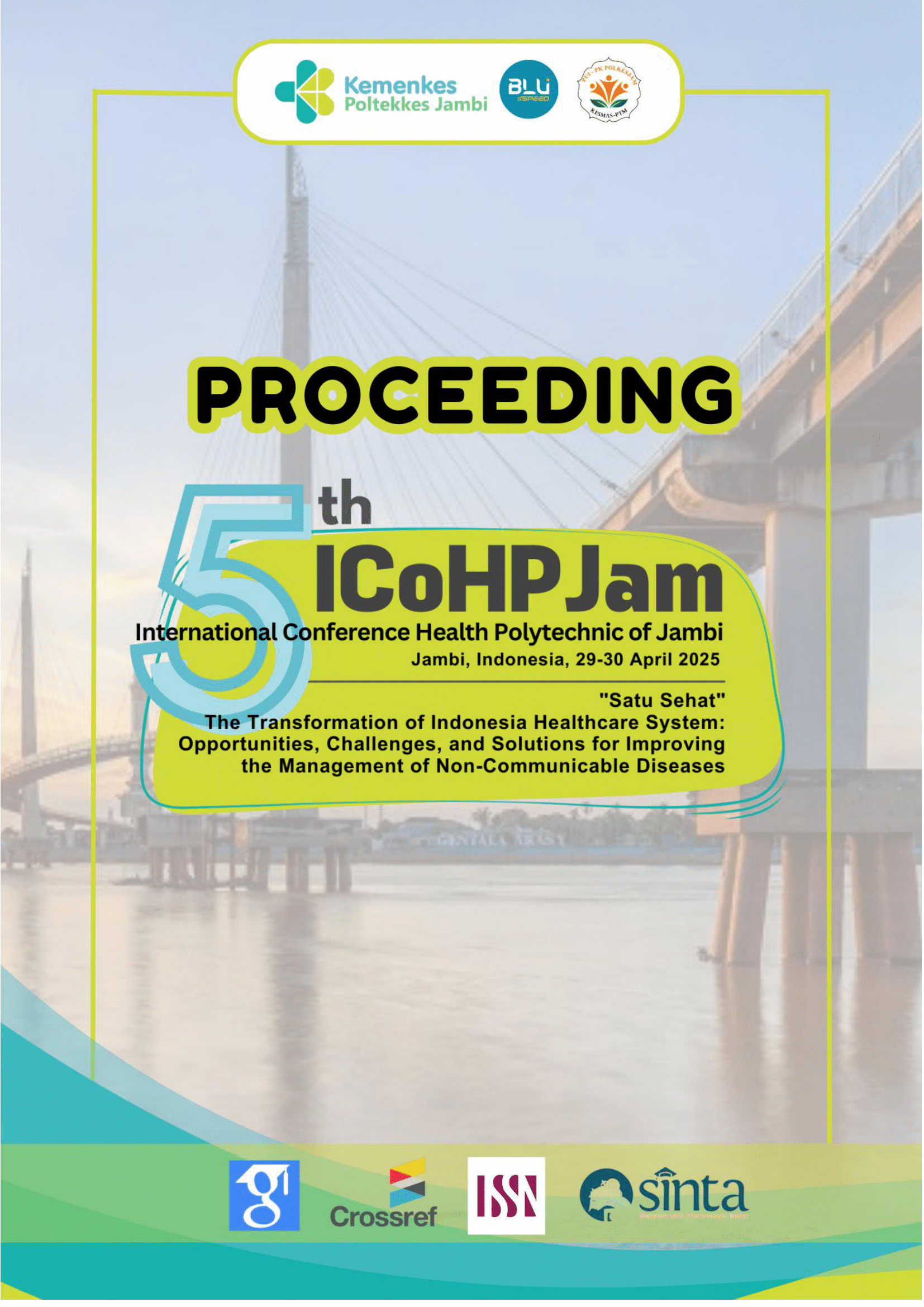Irregular Menstrual Cycle in PT X Workers in Tasikmalaya City
Abstract
Background: Women workers have their own challenges in the workplace because in addition to being workers, women have great responsibilities in the family. Many reproductive health problems may occur in female workers, one of which is menstrual cycle disorders. Objective: The purpose of this study was to determine the prevalence and factors that influence menstrual cycle disorders in garment workers of PT X Tasikmalaya City.
Methods: Quantitative research with a cross-sectional approach on 134 female workers at PT X, sampling technique using simple random sampling, data collected using questionnaires, analyzed using univariate and bivariate with chi square.
Results: The results showed that the prevalence of amenorrhea 76 (56.7%), oligomenorrhea 3 (2.2%) and polymenorrhea 3 (2.2%). Factors affecting menstrual cycle disorders are age (<0.001), parity (<0.001), BMI (0.308), work division (0.075), work stress (0.021) and birth control methods used (<0.001).
Conclusion: The most common menstrual cycle disorder in PT X Tasikmalaya City workers is amenorrhea, and the most influential factors are worker age, parity, work stress and contraception methods used.



